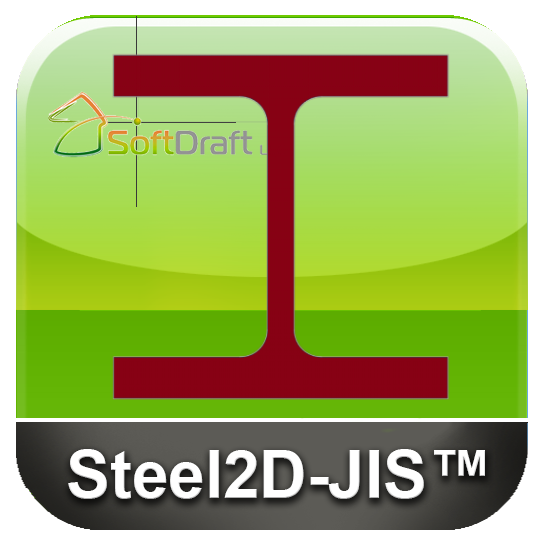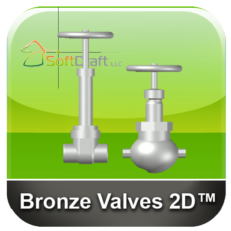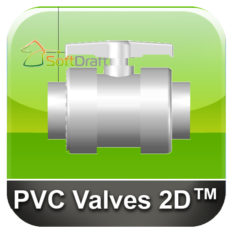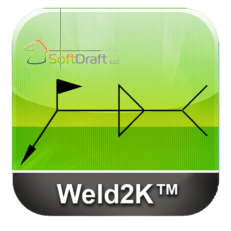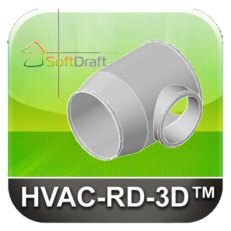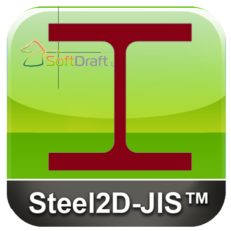Description
JIS Steel Shapes Library For AutoCAD LT
Select and insert JIS steel shapes for AutoCAD LT in Plan, Section, and Elevation views from within AutoCAD LT without a LISP extender.
This menu driven block symbol library contains steel shape sections, plan view, and elevation view from the JISC database.
Shapes Include:
- C-Shapes
- CHS-Shapes
- H-Shapes
- I-Shapes
- L-Shapes
- RHSS-Shapes
- SHSS-Shapes
Placing JIS Steel Shapes
The process for placing a structural shape in plan, elevation, or section is similar for all shapes. These steps create a W-Shape in section as an example for all shapes.
1. Select H-Shapes from the pull-down menu section at the top of the AutoCAD LT window.
This displays the menu items Section, Plan and Elevation with the size ranges.
2. Select the “Section View” area following the cascading menu, then select H20x200 shape.
3. After selecting a shape from Section, the shape is inserted and attached to the cursor for placement.
4. You are now prompted for a location for the shape. Pick a location for the shape using the cursor.
5. You must now select the rotation angle for the shape. Press enter or use the cursor to point to a rotation angle.
The process for placing a structural shape in plan, elevation, or section is similar for all shapes. These steps create a W-Shape in plan view (looking down on the top flange) as an example for all shapes of this type.
1. Select W-Shapes from the pull-down menu section at the top of the AutoCAD LT window.
2. Select the 21” size from the Plan area following the cascading menu, then select W 21 x 44 shape.
3. After selecting a shape from Plan, the program is waiting for you to select a starting point.
4. Pick a location for the shape starting point using the cursor.
5. Select the ending point for the shape. Move the cursor to the right or left side from the first point. This outline represents the outside line of the top or bottom flange. After selecting this point, select the mid-point of the first line representing the top flange.
6. This Last step indicates the hidden lines for the web. Select the first or last vertical line of the shape you just created (you will automatically snap to the midpoint of this location. Then select the last line at the endpoint of the shape. This adds the hidden lines representing the shape’s web. The lines are placed on the layer HIDDEN with the HIDDEN linetype.
The process for placing a structural shape in plan, elevation, or section is similar for all shapes. These steps create a H-Shape in elevation view (looking down on the top flange) as an example for all shapes of this type.
1. Select W-Shapes from the pull-down menu section at the top of the AutoCAD LT window. This displays the menu items Section, Plan and Elevation with the size ranges.
2. Select the 21” size from the Elevation area following the cascading menu, then select W 21 x 44 shape.
3. After selecting a shape from Elevation pull-down, the program is waiting for you to select a starting point.
4. Pick a mid-point location for the shape starting point using the cursor.
5. You must now select the ending mid-point for the shape. As you move the cursor to the right or left side you will notice the shape rubber banding from the cursor. This outline represents the outside line of the top and bottom flanges for the shape as shown in elevation. After selecting this point, you are now required to select the starting mid-point (the same first point you selected before) of the first line representing the flange.
6. In this step you will indicate the lines for the flanges of the W-Shape. Select the first or last line of the shape you just created (you will automatically snap to the midpoint) of this location. Then select the last line at the endpoint of the shape. This adds two lines representing the shape’s flanges.
You may also be interested in our Dynamic Steel Bar Joist App for AutoCAD LT:

